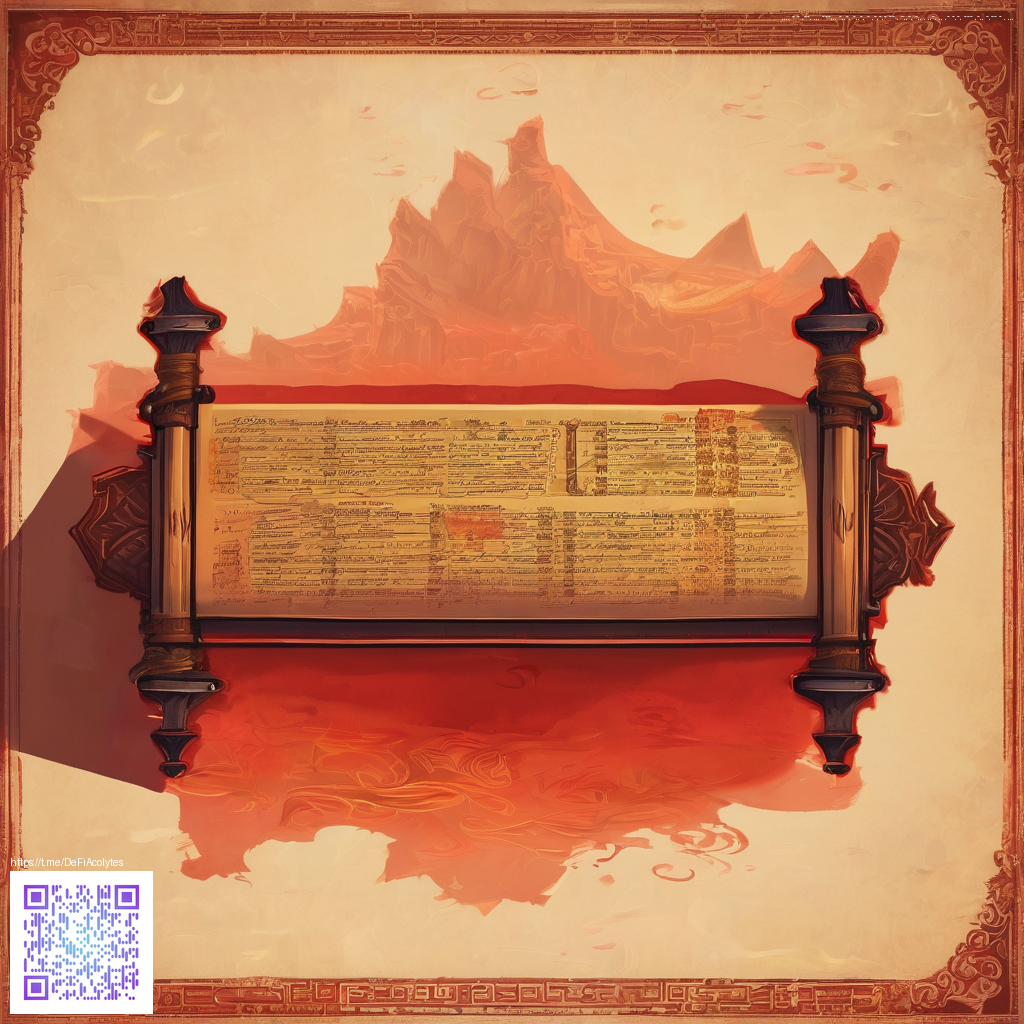
Optimizing a Modern Racer for Lean Hardware
In the world of racing games, speed often steals the spotlight. But on a budget PC the challenge is not just about frame rates it is about predictable input and smooth performance across a variety of tracks. The community around running a popular Nintendo Switch racer on PC has become a vibrant lab for experiments and refinements. Players share configs test different backends and trade tips like precious shortcuts 💠
First choice is the path you take to run the game on PC. Enthusiasts lean toward two major emulation options each with their own strengths. The open source projects have matured to deliver playable experiences with consistent updates. The goal is not perfect fidelity but a stable 60fps baseline that feels responsive in every turn and drift.
Graphic knobs that actually matter
On modest hardware the default 1080p presentation can strain the GPU. The common approach is to lower the internal rendering scale and enforce a sensible frame cap. If your system supports it try a modest 2x resolution scale on a capable backend while keeping texture detail moderate. If you have a newer GPU the Vulkan backend often provides crisper frames while the OpenGL path remains compatible on older hardware.
Next up are anti aliasing choices and post processing. A well tuned setup should feel crisp without the extra GPU tax. Players report that disabling some post effects and enabling a light shader cache helps reduce stutter during busy sections like item storms. Pair this with a stable V Sync setting and you will notice fewer frame drops over long races.
Memory shaders and the long tail of performance
Low end configurations often stumble on shader compilation once a track loads. A robust shader cache means the first run can be heavy but subsequent runs glide along. Joining a run with a pre warmed cache is a simple trick that delivers immediate smoothness. For those who run Switch style emulation on PC you will find memory usage to be a bigger bottleneck than raw GPU grunt when texture packs are aggressive.
Among the community there is a strong culture of lightweight texture packs and custom settings that trim the fat without killing the look. The result is a leaner stream of frames that preserve color and readability. Modders tease out performance gains by reorganizing textures and pre compiled shaders into smaller friendlier packages.
Community voices emphasize playability over cinematic fidelity. The fun in this project is that players learn to balance settings while still keeping the core feel of racing a beloved mascot title. It is a shared craft that keeps the hobby alive 💡
Modding culture thrives around practical improvements. Not every tweak fits every setup but the core idea remains universal: longevity of the experience matters more than pushing the hardware to the limit. Players exchange tested configurations in forums streams and video guides turning every mini win into a teaching moment for others with less capable PCs.
Updates and a living ecosystem
Updates from the major Switch emulators have steadily improved compatibility and stability for racing games on PC. Developers have focused on reducing hitching during chaotic sequences like sudden item storms and shell heavy moments. While not a perfect replica of the original handheld experience the results are a playable alternative that keeps the community active and inventive. The broader lesson is that a living toolchain unlocks new ways to enjoy classic experiences on diverse hardware.
From a developer perspective the aim is preservation and accessibility. The teams behind these projects remind players that the spirit of gaming is about shared joy and experimentation. The ongoing work also encourages more players to explore retro titles with modern conveniences even when their machines are older or underpowered. That ethos resonates across titles and genres not just this one and it fuels a culture of creative problem solving 🌑
What players are saying and why it matters
People who try these setups love the sense of agency they gain. It is not just about ticking performance numbers it is about reclaiming control for players who invested in modest rigs. The conversations across communities reveal practical wisdom from memory saving tips to choosing the best compatibility profiles for a given GPU. The end result is a more inclusive scene where everyone can join the race without upgrading hardware every season.
As a result the hobby attracts curious newcomers who see a path to play at a steady frame rate. The culture encourages experimentation rather than chasing the highest possible settings. In a landscape where hardware budgets are tight the satisfaction comes from achieving smoothness through clever configurations and patient tuning 💠
For fans who want to support the ecosystem beyond the screen a small gesture can help sustain open and community driven projects. The path to a more resilient internet is built on collaboration shared knowledge and a willingness to experiment with new tools and approaches. Your curiosity is part of that journey in a very real way.
Support a Decentralized Internet